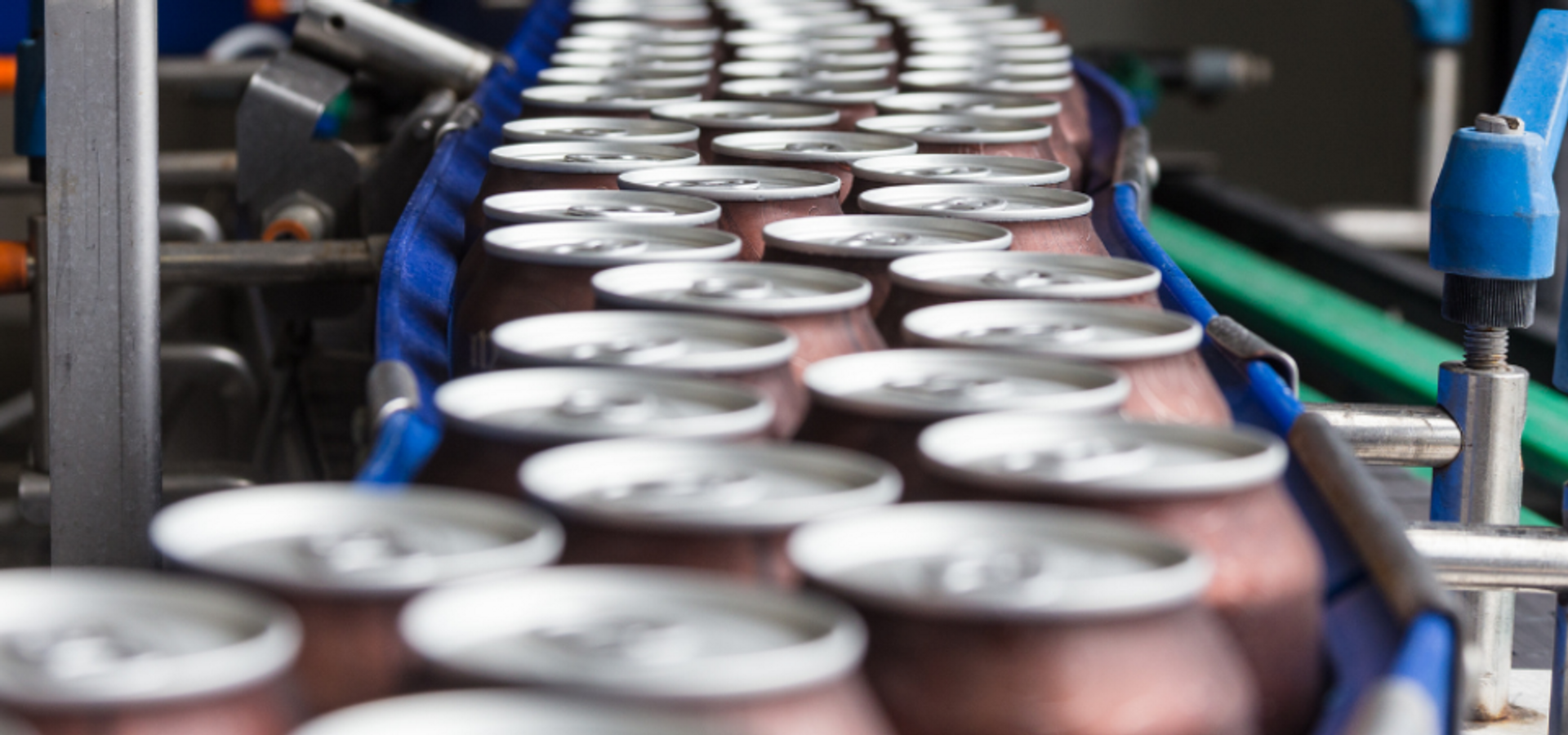
Bioaugmentation with a Brewery
Background
A brewery packaging plant is responsible for inserting “heavy” beer, a liquid concentrate, into canned and bottle beer products. The plant in this case study handles over 50,000 barrels of beer per week and generates over 350,000 gallons of wastewater per day.
Waste beer is the main constituent of the plant’s waste stream. In addition, cleaners, sanitizers, and various chemicals are used to maintain the sanitary conditions necessary for the packaging operation. Less than 2% of the waste stream is domestic wastewater. The waste is treated at the plant’s waste treatment facility at 0.5 million gallons per day, which is operating under the standard discharge National Pollutant Discharge Elimination Systems permit.
The treatment plant has equalization basins, aeration basins, and a secondary clarifier influent to aid the settling and add anhydrous ammonia and phosphoric acid. Those nutrients are typical deficiencies in brewery waste treatment plants. Initially, the aeration basins contained sludge from a municipal waste facility, and biomass was established in the normal time frame. BOD removal efficiency was in the 90% range.
Treatment Plan
From the start of full-scale packaging operations, the treatment plant experienced operating difficulties.
- Polymer demand and cost far exceeded projections.
- The plant experienced regular shock loadings that caused upsets in the biomass and made it difficult to stabilize treatment plant operations.
- The activated sludge was only effective until the next shock load, significantly increasing costs related to handling.
- Permit violations become intolerable.
After a failed treatment attempt from the polymer supplier, EnviroZyme® bioaugmentation experts planned out a 60-day trial program to meet the following goals:
- Maintain more stable biomass that is resistant to shock loads and upsets and can recover quickly if an upset occurs
- Improve settling of suspended solids in the secondary clarifier
- Reduce polymer demand for settling enhancement
- Reduce sludge generated per pound for TOC/BOD removal
- Reduce permit violations caused by upsets
- Meet or exceed specific values for turbidity, BOD, and polymer use
After a thorough review and laboratory testing of the plant’s wastewater, experts developed a detailed product recommendation for a bioaugmentation solution. It consisted of a highly effective blend of bacteria and nutrients in convenient water-soluble packaging for simple dosing and application.
Results
3 days after the first dosing, suspended solids, turbidity, and BOD dropped to the lowest levels recorded at the plant. Polymer usage dropped from around 400 mg/L to less than 150 mg/L within 3 weeks. After 20 days, a daily maintenance dose of 2 pounds was added.
The treatment plant experienced a severe shocking loading that killed some of the biomass. By increasing the amount of EnviroZyme product added to the process for 5 days, the plant recovered, and BOD, TSS, and turbidity remained within the permit compliance due to the enhanced response obtained with the bacteria. In addition, the EnviroZyme solution enhanced degradation and improved floc formation to produce more compact sludge.
Conclusion
EnviroZyme’s bioaugmentation solutions helped the brewery achieve its wastewater goals with efficient and cost-effective products. EnviroZyme has multiple products within the Water and Environmental Technologies (W.E.T.) product line to suit the needs of your wastewater treatment facility.